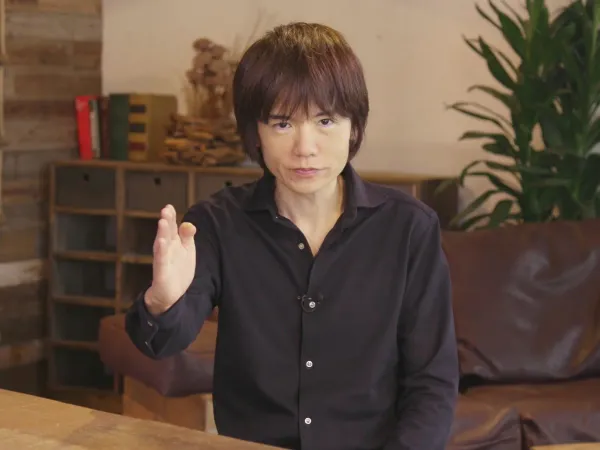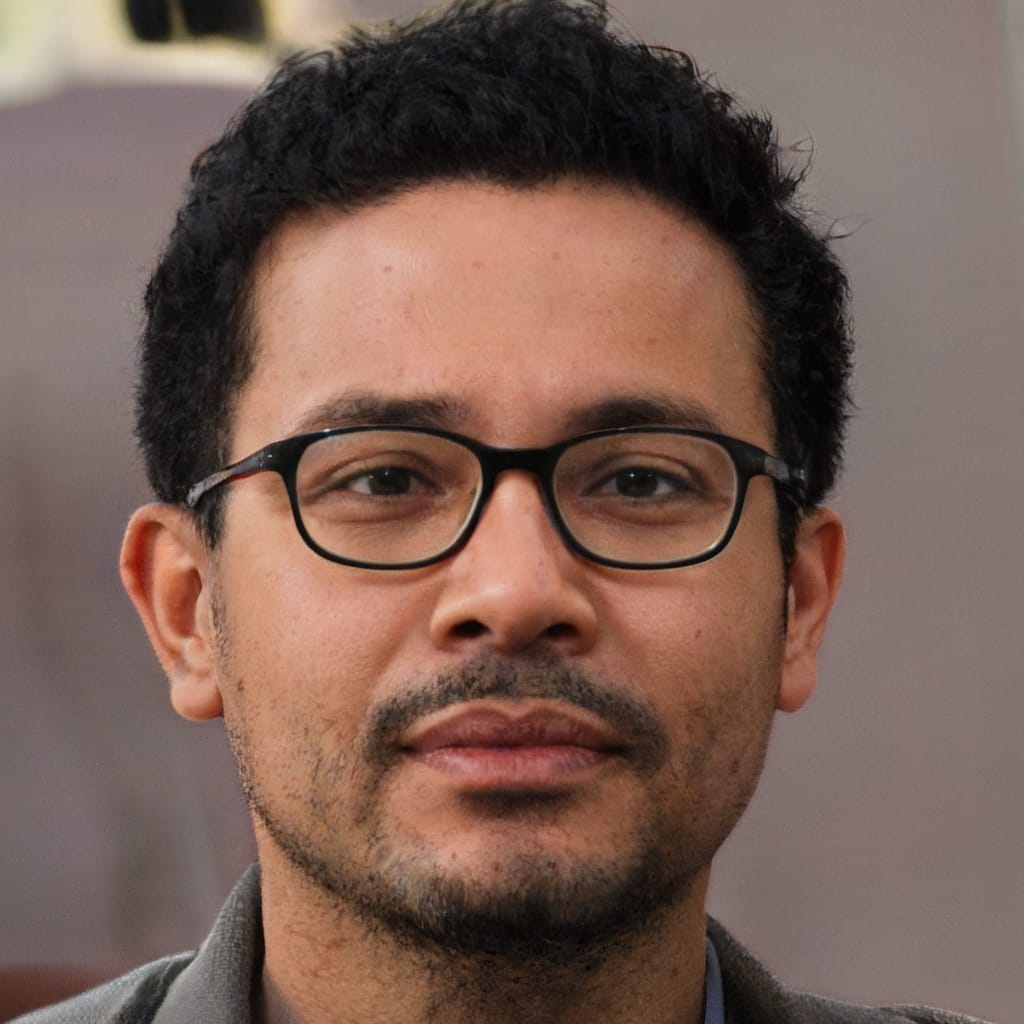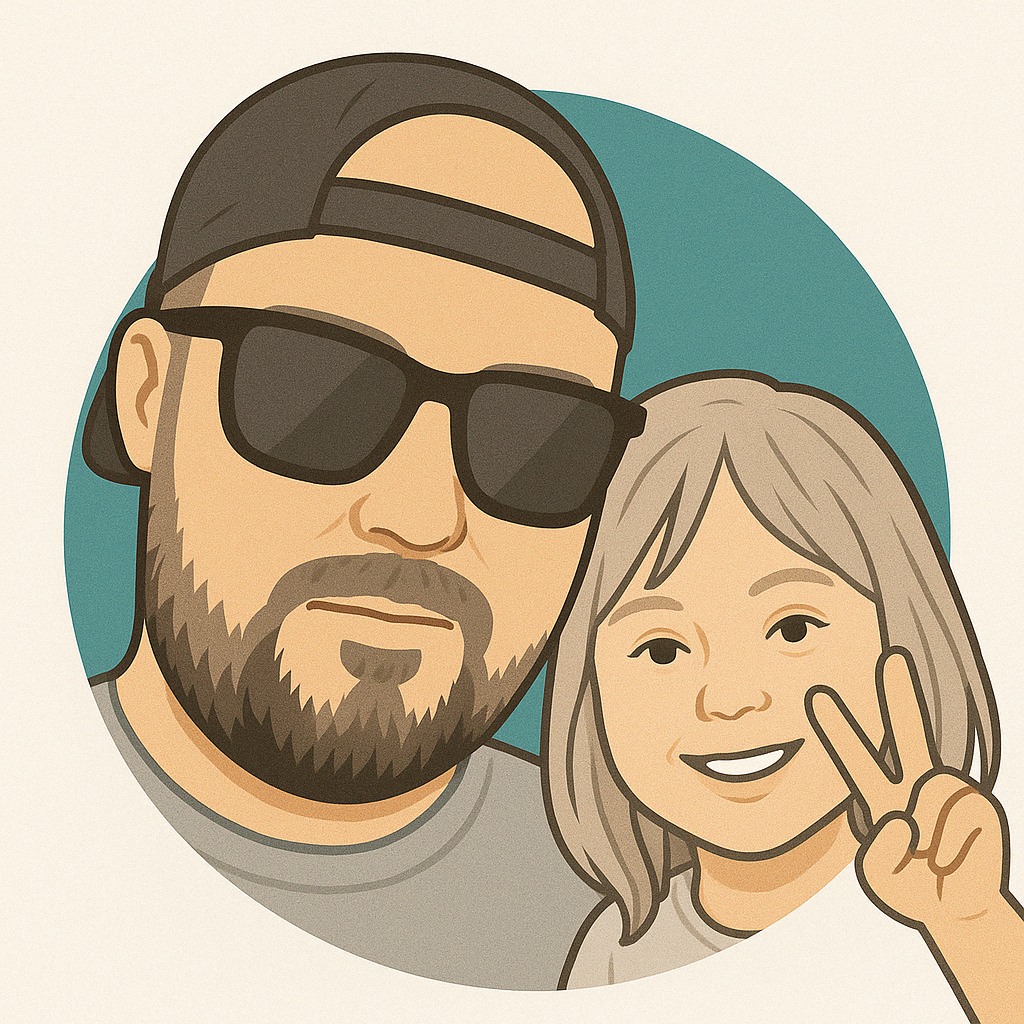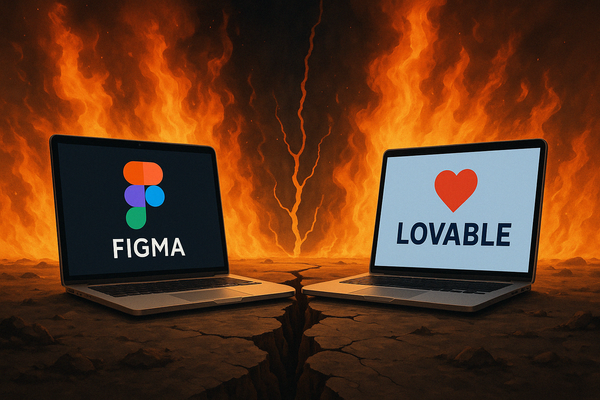Quake II is one of the most iconic first-person shooters of all time.
Sure, it’s not up there with Doom or even Wolfenstein 3D for that matter, but it’s cemented itself with a legacy of innovation and technological advancements.
We'd expect no less from the supremely talented and totally human John Carmack.
Quake II was released in 1997 for PC, setting a new standard for 3D graphics, with its dark sci-fi setting, dynamic lighting, and intense action. If you had a PC powerful enough to play it, it was a genuine leap forward in technology.
What if you had to share your PC with your dad and that PC was more fit for Lotus 123 spreadsheets? No worries, you could still have a blast just two years later.
That's right in 1999, the PlayStation version was not only good, it was on par with the PC experience. Genuinely, hand on heart, it blew minds and eyeballs when it came out on the PlayStation.
Often referred to as the impossible port, Quake II running on hardware released in 1994 was (and still is!) an impressive feat.
But what design techniques did Quake II on PlayStation use to achieve the same 3D graphics and gameplay as the PC version, despite the console’s limited rendering capabilities?
The Challenge of Porting Quake II to PlayStation
The PlayStation was a revolutionary console when it launched in 1994, but it was not built for 3D games like Quake II. In fact, it was far from revolutionary when Quake II came to the system, in 1999.
The PlayStation had a 32-bit CPU, 2 MB of RAM, and a custom GPU that could handle 360,000 polygons per second.
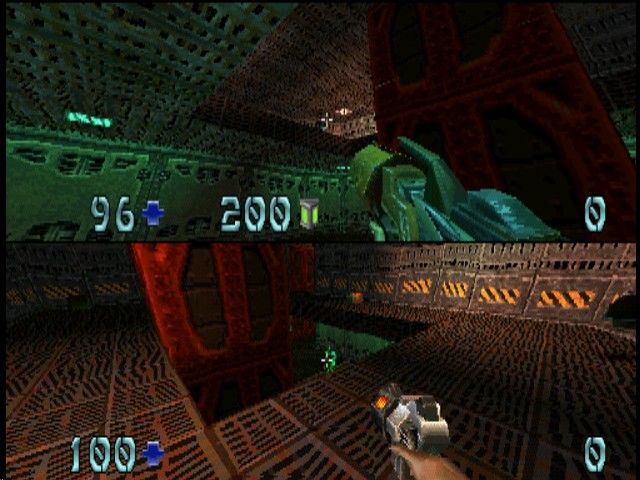
The PC version of Quake II, on the other hand, required a Pentium 90 MHz processor, 16 MB of RAM, and a 3D accelerator card that could handle millions of polygons per second.
Porting Quake II to the PlayStation was a daunting task, but it was taken up by Hammerhead Studios. This small British studio had previously worked on the PlayStation version of Shadow Master. so they were familiar with the architecture.
"The plain truth is that while it is a difficult and daunting project, we're here because we really want to do it, and do it right." - Hammerhead Studios in 1998
Hammerhead Studios had to overcome many technical limitations and still deliver a satisfying gameplay experience.
Acknowledging the significance of maintaining parity between the PlayStation and PC versions of Quake II, the developers prioritised optimising the gameplay experience.
Hammerhead Studio realised that any notion of inferiority could significantly impact player enjoyment and retention on the console platform.
But how did they do it?
The Design Choices that Made Quake II on PlayStation Possible
Hammerhead had to make several design choices to adapt Quake II to the PlayStation’s strengths and weaknesses.
From an interview with Hammerhead via IGN 1998, they were quite complimentary of the then aging machine, saying, "The PS is a surprisingly powerful piece of hardware given its age, far more so than its technical specs would lead you to believe."
How did Hammerhead adapt to the PlayStation’s limitations?
- The game used a custom software renderer that could handle dynamic lighting, coloured lighting effects, and intricate geometry. This gave the game a distinctive look and feel that matched the PC version’s atmosphere and style.
- The game supported the official PlayStation Mouse peripheral, allowing more precise aiming and movement. This made the game more accessible and enjoyable for players who preferred the mouse-and-keyboard controls of the PC version.
- The game reduced the resolution and frame rate to fit the PlayStation’s hardware capabilities. While this compromised the visual quality and smoothness of the game, it also ensured that the game ran at a consistent and playable speed.
- The game simplified and modified some level designs to reduce the complexity and loading times. This improved the game’s performance and flow, while still retaining the essential features and challenges of the original levels.
These design choices resulted in a game that was faithful-ish to the PC version but also adapted to the PlayStation’s limitations.
![Quake II [1997] PS1 vs Nintendo 64 vs PC (Graphics Comparison)](https://i.ytimg.com/vi/tFzxMdlAZ-8/maxresdefault.jpg)
The game received positive reviews from critics and players alike, who praised its graphics, gameplay, and sound.
The Legacy of Quake II on PlayStation
Quake II on PlayStation was a technical marvel that demonstrated the console's potential and the developers' skill. There's no question that Hammerhead Studios were a talented bunch.
Quake II was one of the few games that offered a full 3D experience on the PlayStation. Quake II on PlayStation was also considered a commercial success, selling over 500,000 copies worldwide.
But what did Hammerhead Studios think of the PlayStation and the upcoming release of 6th-generation hardware? "It seems a shame that people are already getting hyped-up about the next generation of consoles before we've seen the best that the current has to offer," they said.
I get the feeling this sentiment would still appeal to software companies today, who are looking for methods to cut the expenses of increasingly longer software development processes and budgets.
Quake II on PlayStation is a testament to the power of design and creativity.
It shows that even with limited resources and constraints, it is possible to create a memorable and enjoyable game that stands the test of time.
Read the original interview between IGN and Hammerhead Studios.



